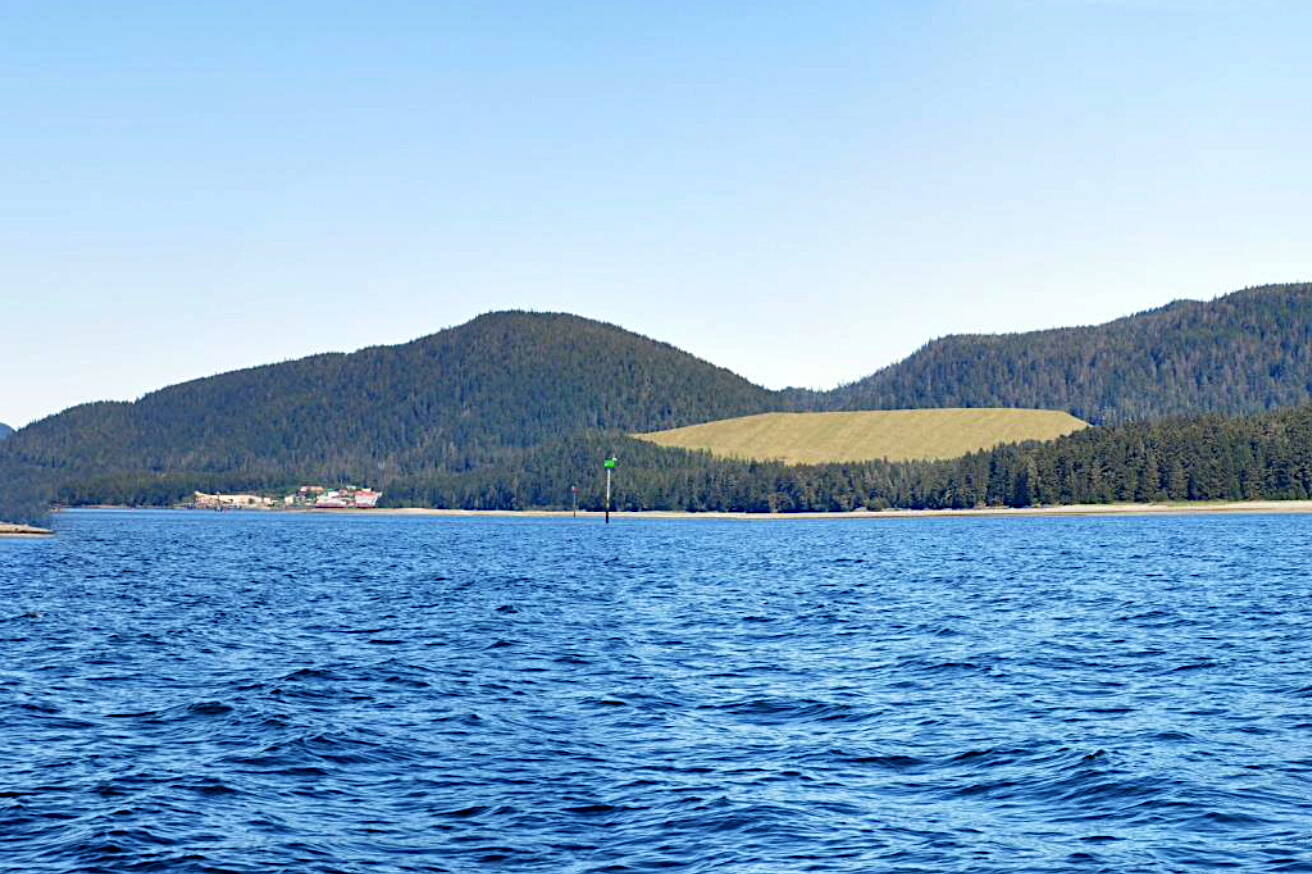A proposed decision extending production of the Hecla Greens Creek Mine for 12 to 18 years — the lowest of three expansion options that could have extended production by up to 40 years — was announced Thursday by the U.S. Forest Service.
“The recommended decision allows for the extension of the mine’s tailing disposal facility in two phases under more robust mitigation and monitoring measures designed to protect water quality and nearby habitats,” a statement issued by the USFS notes.
Objections to the draft decision, officially scheduled to be published Feb. 2, can be submitted within 45 days from that date by individuals or organizations who submitted specific written comments during the previous public comment period. The USFS has also published a Final Supplemental Environmental Impact Statement detailing the draft decision that is available online, although the decision itself is not expected to be available online until late in the day Thursday.
Production at the 35-year-old precious metals mine at the northern end of Admiralty Island National Monument is currently scheduled until 2031. The Hecla Greens Creek Mining Co., which proposed the 12- to 18-year expansion, also wants to expand its 8.5-million-cubic yard disposal facility for tailings and waste rock storage to accommodate up to five million additional cubic yards, anticipating the current facility will be at capacity by 2025.
Three development options and one no-development option were proposed in a Draft Supplemental Environmental Impact Statement released by the USFS last March. The largest development option would extend operations by 27 to 40 years and add 6.8 acres of new surface disturbance, while the proposed decision reduces the disturbance area to 2.3 acres.
The middle-development scenario would extend the life of the mine by 17 to 28 years and include 2.9 acres of new surface disturbance.
“The Forest Service recognizes the importance of mineral resources to the nation’s well-being and supports mineral exploration and development as part of our multiple-use mandate,” Tongass Forest Supervisor Frank Sherman said in a prepared statement. “At the same time, our experts strive to work toward minimizing the impacts of mining activities and on other forest resources by working closely with the state and other federal agencies to ensure measures are in place to protect water quality and nearby aquatic habitats.”
The Greens Creek Mine is the nation’s largest silver producer and unique in that it operates within a National Monument, according to the USFS.
The mine produced 9.7 million ounces of silver, reported $335.1 million in sales, and mine employees earned more than $76.8 million in wages and benefits in 2022, according to Hecla. The mine also produced about 48,000 ounces of gold, 19,500 tons of lead and 52,300 tons of zinc.
Hecla agreed last May to pay a $143,124 fine and to take corrective action to settle a series of hazardous waste violations discovered during a 2019 inspection. According to the U.S. Environmental Protection Agency, violations included lead-containing dust outside of the building used to store the mine’s milled concentrate, improper disposal of lead-containing items used in ore processing, and lapses in inspection and labeling.
Angoon residents and leaders, in a meeting last May, generally expressed opposition to extending the mine’s operation due to concerns about impacts on residents’ health and the ecosystem, as well as complaints the company was not doing more to aid the villages’ fiscal stability and job sector.
Among the supporters of an extension is the Alaska Miners Association, which in a letter last May stated Hecla “was the largest private-sector employer and taxpayer in Juneau, with a direct economic impact in local communities of more than $219 million.”
“Hecla’s purchase of surplus hydropower has helped provide Juneau residents with over $80 million in reduced electricity rates since 2009,” the letter states. “(Hecla) is also the largest single provider of student aid at the University of Alaska Southeast.”
The AMA letter, which advocates for the alternative extending operations up to 40 years, also argues Hecla has taken aggressive steps to reduce air quality and fugitive dust impacts, and the proposed extension “minimizes new disturbance in the National Monument, avoids direct disturbance to sensitive habitat.”
Previous commenters wanting to file objections can do so online at https://cara.fs2c.usda.gov/Public//CommentInput?Project=57306; by mail or in-person delivery to Regional Forester Janelle Crocker, USDA Forest Service, Alaska Region 709 W. 9th Street, P.O. Box 21628, Juneau, AK 99802-1628; or by fax to (907) 586-7840.
• Contact Mark Sabbatini at mark.sabbatini@juneauempire.com or (907) 957-2306.

